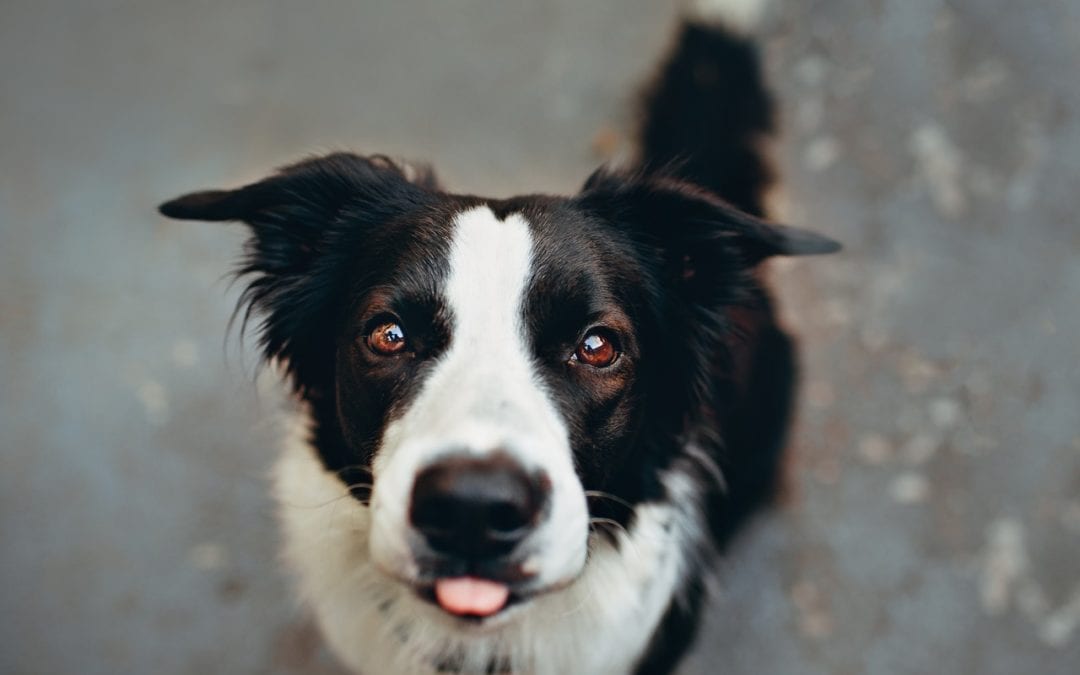Our canine friends communicate with us about what they’re feeling in a wide array of ways. They talk to us from their head to their tail. How well can you decipher your dog’s body language and his attempts to communicate with you?
While all dogs are different, there are a few common ways our dogs communicate how they’re feeling.
Calm and neutral
- Relaxed body posture; no tension
- Relaxed tail, possibly wagging
- Possibly panting happily
A calm, neutral dog is typically ready for you to greet and pet him.
Excited
- Forward ears
- Tail wagging quickly
- Alert and ready to pounce
- Likely panting
Sometimes, overly excited dogs can inadvertently scratch, jump up, or knock someone down in their excitement
Playful
- Might “bow down” with tail in the air and wagging and front legs and chest on the ground
- Might be panting or barking
This dog is ready for you to chase him or throw the ball for him.
Dominant
- Standing up tall and leaning forward
- Tail held high
A dominant dog is showing another dog that he’s in charge.
Alert
- Leaning forward
- Ears are forward
- Mouth might be closed
An alert dog could be curious or interested in what’s going on around him.
Aggressive
- Stiff posture
- Tail moves back and forth, like a flag
- Might show teeth and/or growl
Don’t run away from an aggressive dog. Stand tall and still and look away.
Scared
- Flattened ears
- Tucked tail
- Crouching lower to the ground
A scared dog should not be approached because he might bite if he feels the need to defend himself.
Submissive
- Laying on his back
- Paws and tail tucked in
This position is most common when two dogs interact. One dog is telling the other he “gives up.” Abused dogs will sometimes display this behavior toward humans.
Anxious or nervous
- Ears are back
- Tail is low, but the end might be wagging slightly
- Posture is leaned back or turned to the side
- Might be panting
A dog showing signs of anxiety is nervous about his surroundings, and you should avoid petting him if you don’t know him.
If you have any questions or concerns about your dog’s behavior, contact us for help.

